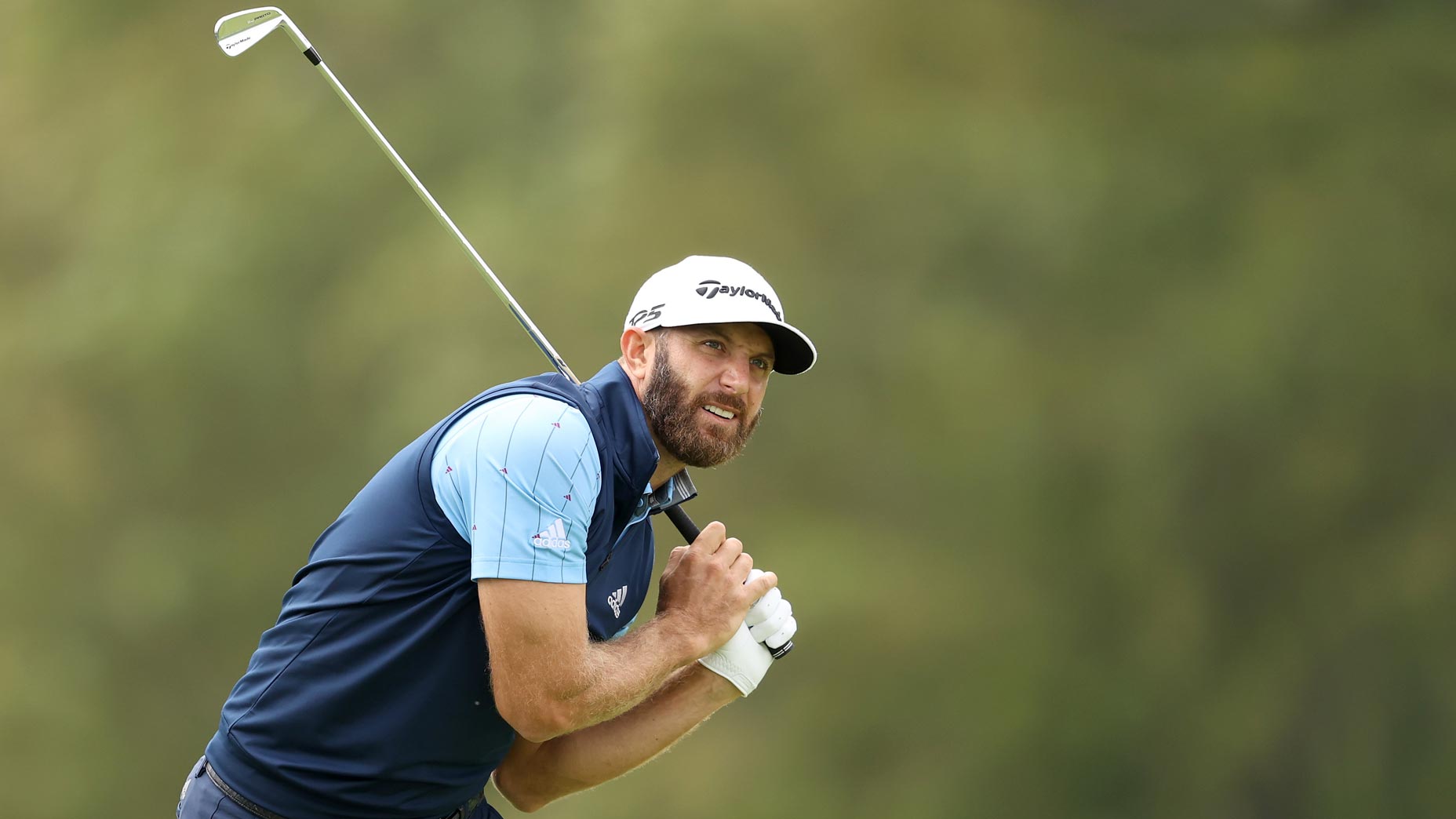MAMARONECK, N.Y. — On Friday morning, the bloodletting began.
At Winged Foot, it was easier to perceive than it was to actually see. The wind felt a touch stronger. Balls gave a thud when they landed on the green. Player-caddie conversations took longer, and smelled of apprehension. And this year’s U.S. Open was saved as a result.
A difficult U.S. Open has traditionally looked and felt rather different than any other test in golf. A challenging Open Championship is plainly evident from whipping winds, sideways rain, club-bending fescue. A demanding Players Championship means balls in the water and penalty strokes; it means obvious targets and obvious misses. But a proper Winged Foot U.S. Open ought to wear down competitors bit by bit, three-putt by three-putt, one awkward missed fairway and torturous up-and-down at a time.
And this year’s U.S. Open needs that brutal test more than ever.
The USGA needs a hard U.S. Open. Early this year, they launched an ad campaign (a really good one, by the way!) with Don Cheadle sitting in a dimly-lit bar, talking about the brutality of their flagship championship. “We like blood sweat and tears, served up with a side of blood, sweat and more tears,” Cheadle says in the spot. The vocabulary of the spot is telling: “Frustration” and “doubt” and “agony.” Tests of mind, body and will. This was an all-in push on a hard-as-hell test of a tournament.
The viewers at home need a hard U.S. Open. Look, there are plenty of sports demands on viewers’ times this weekend. Football is in full swing, hockey and hoops are mid-playoffs and golf fans aren’t conditioned for major championship viewing this time of year. As a result, golf needs to give viewers an active reason to tune in. Despite the history of Winged Foot, the greatness of the golf course, the strong field and the high stakes, even the U.S. Open can slip into the trap of blending in as just another 72-hole stroke play event. We need more differentiation! If that means a few four-putts, gritted teeth and even a snapped wedge or two, so be it.
The players needs a hard U.S. Open. A number of players have spoken honestly about the week-to-week sameness inside the fan-free PGA Tour bubble. Here’s how Rory McIlroy described it in Memphis:
“All these tournaments are created by their atmosphere and everyone has a different feel, and every tournament since coming back off the lockdown has felt the same, whether it’s the Colonial or the Travelers Championship or the Memorial or whatever it’s been.”
Hardly inspiring! Now, with the big-money payout of the FedEx Cup in their rearview mirror and a new, unfamiliar season upon them, the players need a bit of a jolt, too. They need a U.S. Open that feels like a U.S. Open, just to keep them engaged. It’s worth remembering that a year ago this week, the PGA Tour was playing the Sanderson Farms Championship. This ought to feel distinctly different.
The members demand a hard U.S. Open. Winged Foot’s membership is one of a handful around the country that really pride themselves on having hard golf courses. Director of Golf Courses Steve Rabideau gave extensive interviews coming into the week about how excited he and the members were to set up a challenging golf course and watch the pros take it on. When Thursday’s soft greens, friendly hole locations and tame weather conditions yielded a 65, a 66 and several 67s, there were some grumblings within the membership that this wasn’t the test that had been promised.
After all, they’d funded a massive restoration to keep the course difficult. They’d brought in Gil Hanse and their staff worked tirelessly to ensure that their brutal test remained a brutal test. The Winged Foot membership is a powerful group that expects things delivered a certain way. If they weren’t happy with how things went on Thursday, well, there will probably be some adjustments made for the weekend.
The U.S. Open needs to be hard, for its own sake. It’s elemental to the tournament’s very existence. Once per year, it’s an absolute blast to see the best golfers in the world put to a complete test. We admire the way they negotiate course conditions, the elements and the pressure of major championship golf. And at this U.S. Open in particular — because it’s at Winged Foot, because it’s fan-free, because it’s in a new slot on the schedule, because it’s football season and because it’s just more fun — it’s absolutely essential.
After a slew of low scores on Thursday, there was some fear from golf’s most bloodthirsty rooters that were being deprived of the agony we were promised. After all, just one player shot in the 80s. Where’s the fun in that? But on Friday morning, it quickly became clear that things would be a little bit different. Fewer birdies. Fewer smiles. Fewer greens in regulation. And fewer golfers in red numbers.
“Suddenly,” Nick Faldo said, “it’s happening.”
Now let’s see some bogeys.
